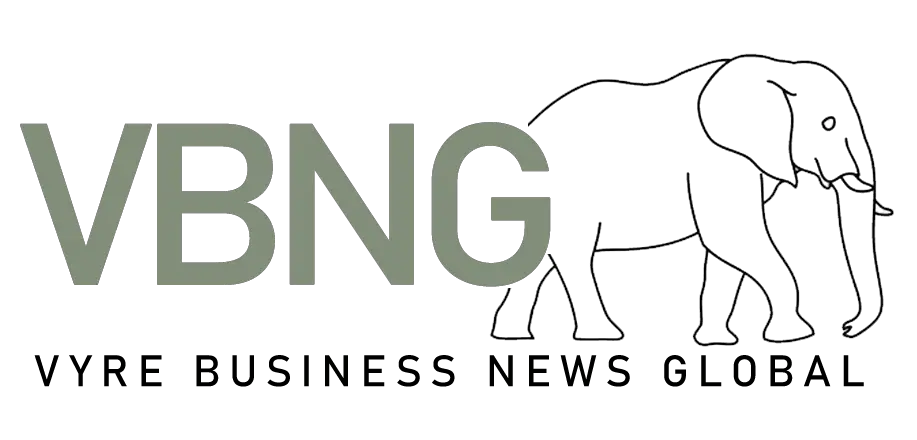American consumers significantly curtailed their spending in January, marking the first decline since August and signaling potential economic headwinds. Retail sales declined 0.9% from December, far exceeding economists’ predictions of a 0.4% drop, according to the Commerce Department’s latest report.
The sharp downturn affected multiple sectors, with specialty stores and auto dealers experiencing the most substantial declines of 4.6% and 3%, respectively. Even online retailers, typically resilient, saw a 1.9% decrease in sales. The “control group,” a key metric that excludes volatile components and is used in GDP calculations, fell by 0.8%.
This unexpected slump comes after a strong holiday shopping season, which saw retail sales rise by 0.7% in December (revised up from an initial 0.4% estimate). Analysts attribute the January decline to several factors, including post-holiday spending fatigue, persistent inflation, and unusually severe weather conditions across much of the United States.
The retail sector’s performance is crucial, as it represents about one-third of overall consumer spending and serves as a barometer for economic health. In 2024, retail sales grew by a solid 4.4%, but the January figures suggest a potential slowdown in economic growth for the first quarter of 2025.
Despite the disappointing numbers, some bright spots emerged. Gas station receipts increased by 1%, reflecting higher fuel prices, while restaurant sales also grew by nearly 1%, possibly due to increased takeout orders.
The broader economic implications of this retail slump remain uncertain. The labor market continues to show strength, with the unemployment rate recently falling to 4%. However, inflation concerns persist, potentially influencing the Federal Reserve’s decision-making regarding interest rates.
Investors and analysts will be closely monitoring future retail sales data to determine whether January’s decline represents a temporary setback or the beginning of a more prolonged trend. As the U.S. economy navigates challenges including potential tariff increases and ongoing inflationary pressures, consumer spending patterns will play a crucial role in shaping the economic landscape for 2025.

